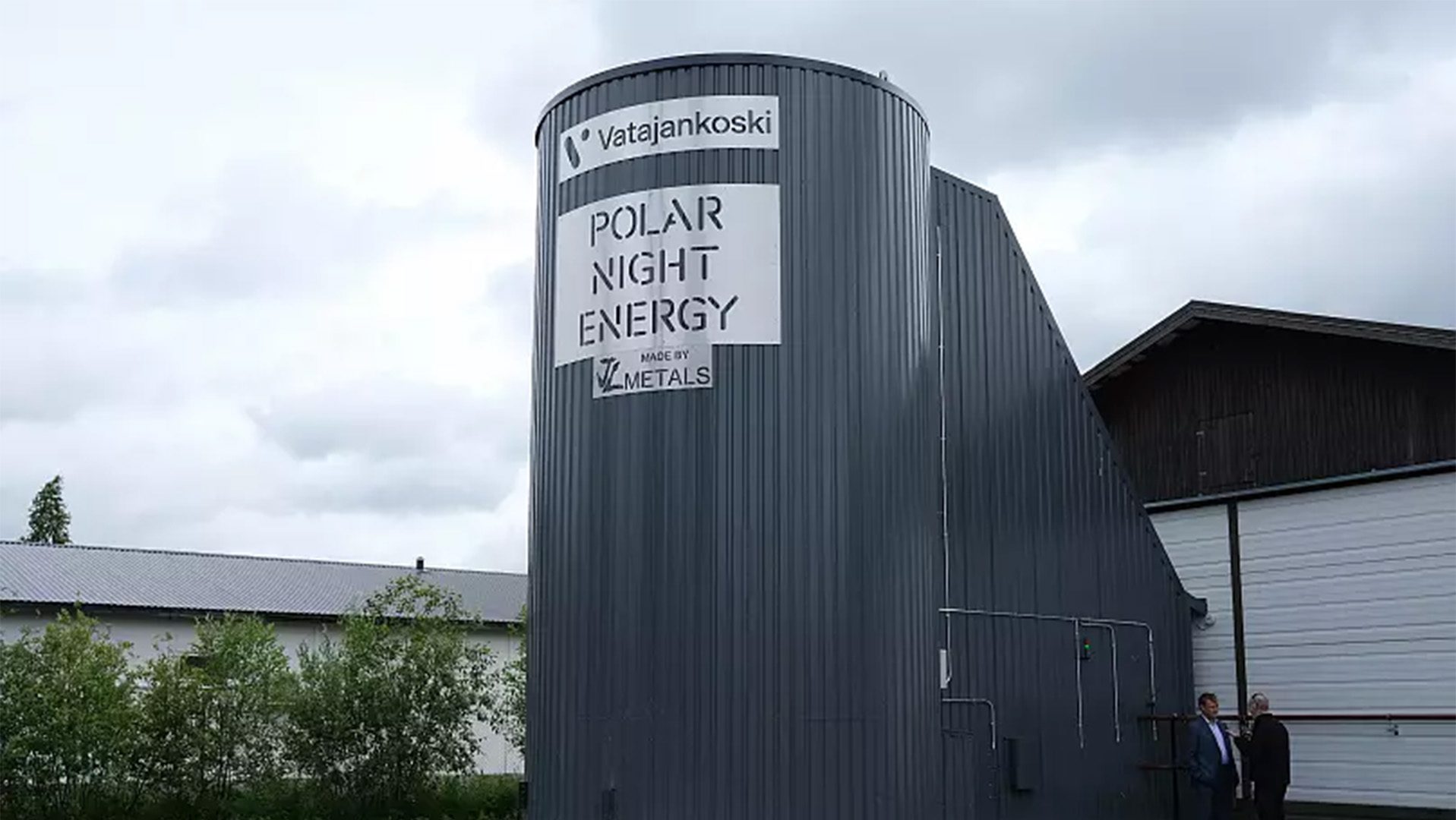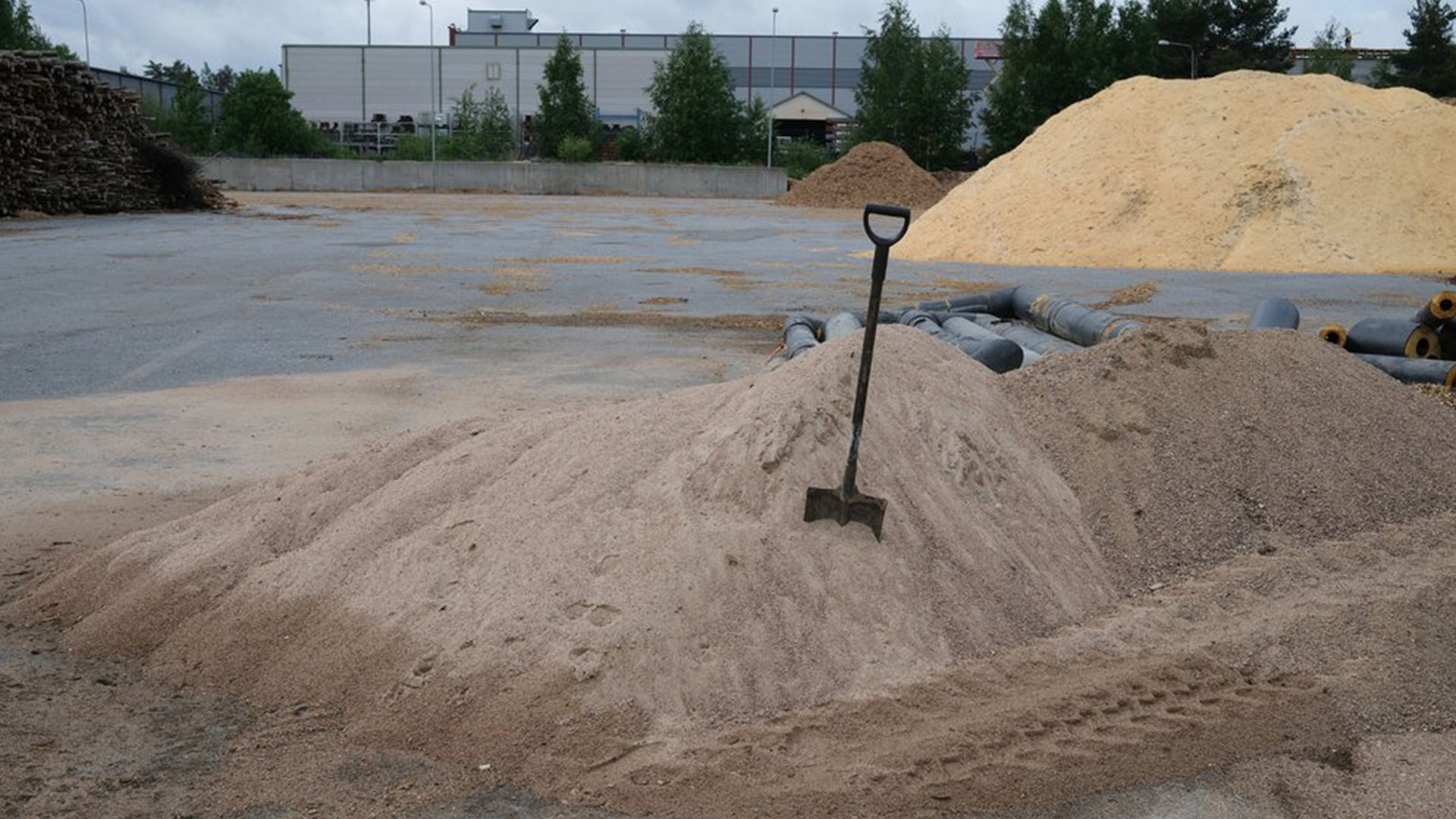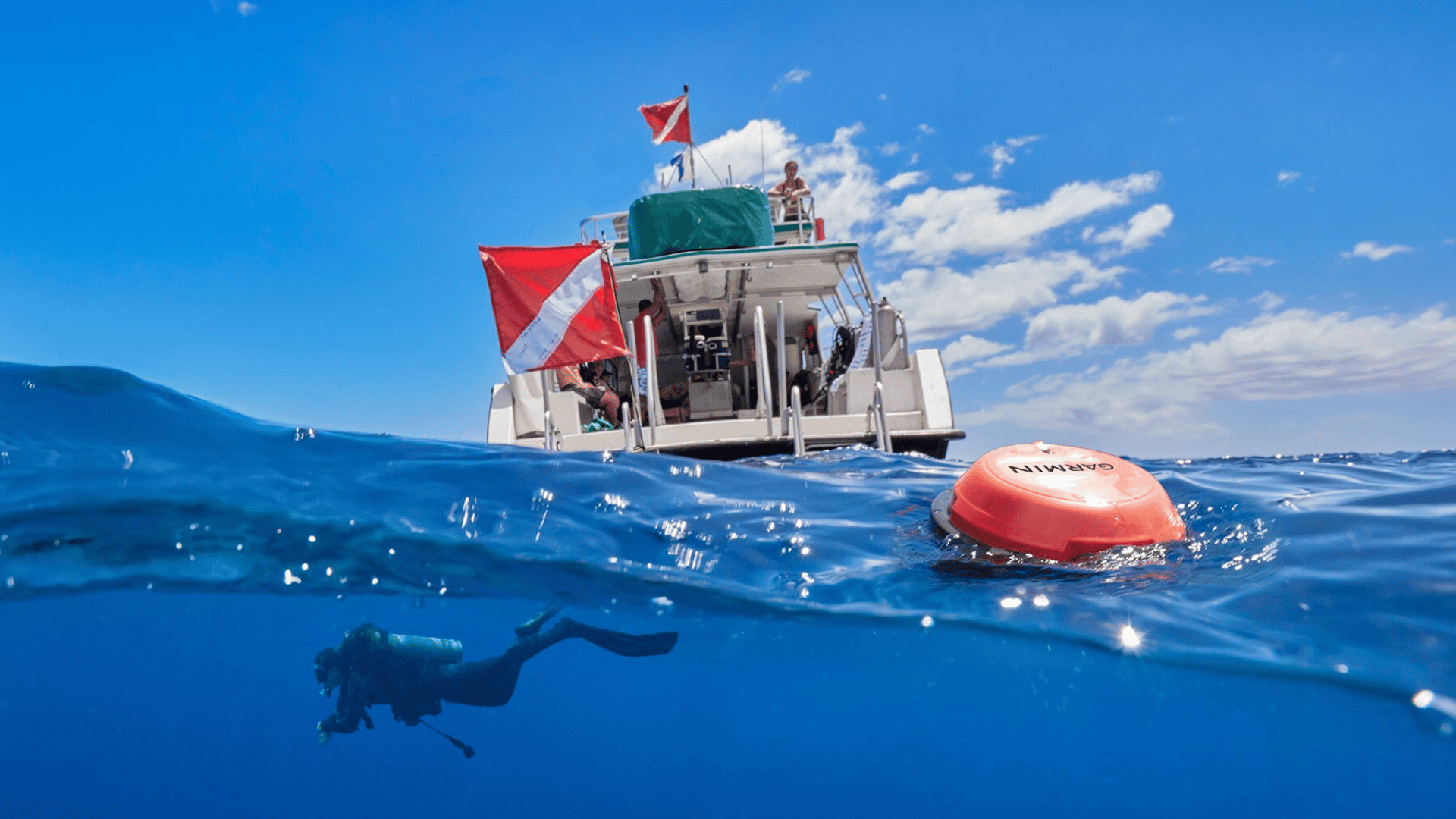Researchers at Polar Night Energy in Finland installed the world’s first fully working sand battery that can store renewable power for months at a time. The developers believe that the battery could solve the green energy problem of having a year-round supply.
A Problem with Renewable Energy
Because of climate change and the rising prices of fuel, renewable energy production is at an all-time high. But, renewable energy sources like wind turbines and solar panels pose the challenge of intermittency—they only work when the wind is blowing and the sun is shining, respectively. To solve this problem, many renewable energy sources use large-scale batteries made of lithium-ion to store and balance energy demands.
However, lithium-ion batteries, also used in most electric cars and consumer electronics, are expensive and require extensive resources to be mined. They are also hard to recycle; the batteries contain hazardous materials that can explode if they are disassembled incorrectly and contain thousands of cells grouped in modules.
Furthermore, if lithium-ion batteries are sent to a landfill, the raw material in the batteries such as lithium and nickel can end up in the water supplies and affect the drinking water of the nearby community.
World’s First Sand Battery

That’s where Polar Night Energy’s sand battery comes into the picture. The heat storage structure is simple. It is an insulated tank made of steel filled with low-grade sand and pipes that converts electricity from solar or wind electricity to heat and stores it for later use. As a material, sand is durable, inexpensive, and can store a lot of heat in a small volume at a temperature of around 500 degrees Celsius (932 degrees Fahrenheit).
The proper insulation ensures long storing periods which can heat homes for months with minimal heat losses. The heat storage lasts for 30 to 50 years because there are no moving parts that would wear and tear, except for the fan that needs to be replaced at some point.
The sand battery is also made with minimal CO2 emissions; a majority of the emissions are from construction materials and the construction phase. Alongside the sand and pipes used for storage, outside equipment like automation components, valves, a fan, and a heat exchanger are required. As Polar Night Energy told us at Tomorrow’s World Today, all of the equipment can be recycled, and there are no poisonous or hazardous materials used. Additionally, all of the sand inside the heat storage will remain as sand, so the sand can be used after the storage is dismantled.
The first sand battery was installed at the Vatajankooski power plant in Finland in early 2022 and came online in May. It is currently producing low-emission district heating for the city of Kankaanpää. The heat storage has 100KW of heating power and 8 MWh of energy capacity.

The first sand battery uses sand from a nearby sandpit to limit transport emissions. However, sand batteries work with any kind of sand that has high enough density—Polar Night Energy explained that they don’t want to compete with the construction industry for good quality sand.







